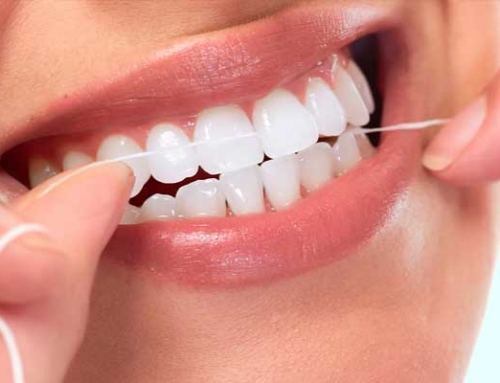Dental hygiene is very important for good health and can be maintained with daily brushing and flossing. When you are not very diligent about this oral discipline then dental deep cleaning becomes inevitable. Even if you have been paying good attention to the requirements of good oral health, it can at times be necessary to go through this procedure, occasionally.
Plaque is a constant formation on the teeth, and when not removed can cause irritation on the gums that can lead to periodontitis or gum disease. This is a bacterial infection of the gum and the surrounding bone structure. Plaque can also harden into tartar and become difficult to remove. Tartar is not only difficult to remove but can release toxins that lead to gum tissue breaking down. This can lead to gum pockets and degradation, that can lead to the teeth becoming loose.
A dental deep cleaning helps in the removal of accumulated plaque and prevents progression towards gum disease. It is a procedure that is useful for the treatment of early-stage periodontal disease and deep dental cleaning techniques can include scaling and root planing.
In scaling, the dentist removes the accumulated tartar and plaque through the scraping of the teeth. A typical scaling procedure is conducted by hand and is an elaborate procedure that requires going through every surface, but it is sometimes assisted by the use of ultrasonic scalers that can help in loosening the plaque and tartar formations and speed up the process. The second part of deep cleaning involves root planing. Here the plaque that has gathered in the gum pockets is cleaned out. Once the pockets are cleaned the root surfaces are smoothed or planed. This smoothening process makes the future accumulation of plaque less likely to happen, and also assists in the healing of the gum tissue. Root planing is an invasive procedure and can cause discomfort, that can be avoided through the use of local anesthesia.
A deep cleaning procedure may need more than one treatment and will depend on the severity of the plaque and tartar formation. It can stop any mild gum disease from turning to a more severe condition. Antibiotics are often prescribed by dentists to help to control any underlying bacterial infection. Neglect of the disease often leaves periodontal surgery as the only alternative; one that can be costly, time-consuming, and painful. Once a deep cleaning procedure has been performed you need to follow a proper daily routine of dental hygiene and make regular half-yearly visits to the dentist to check on the gum problem.
Go in for deep cleaning if you find that your gums are swollen or bleeding when you are brushing your teeth. It is also suggested if your teeth are separating from the gums, you have loose teeth, or there is pus formation between the gums and teeth. Changes in the fitting of dentures, or your bite, along with foul and unpleasant breath may make you need the attention of your dentist and can lead to a need for a dental deep cleaning procedure.





